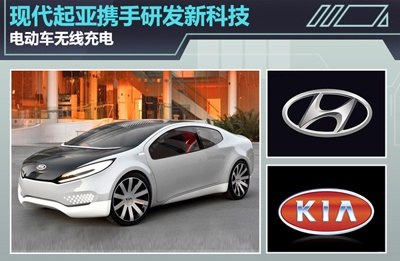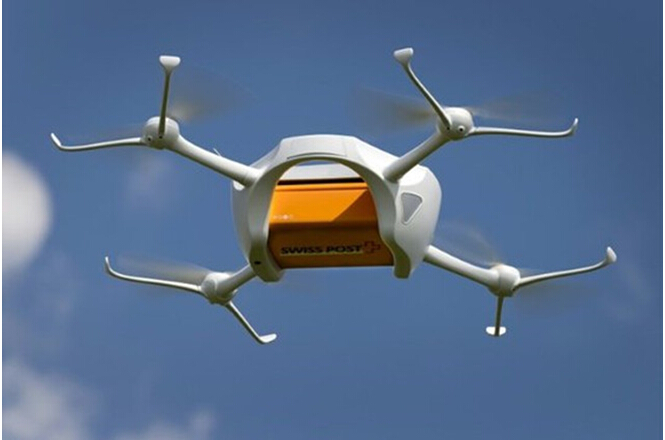Today's core language
On the one hand, IBM researchers said that the company has broken through the important bottlenecks in the semiconductor industry and has significantly surpassed its competitors in technology. The company said that on Thursday, Blue Giant announced that it has successfully used 7-nanometer process technology to produce test chip solutions, and claimed that this is the industry's first breakthrough in the field of process technology. On the other hand, Samsung Tomorrow announced that TSMC will begin mass production of 10nm semiconductor technology in mid-2016. It is reported that Samsung Electronics is holding down TSMC and is likely to plan the production schedule of the 10nm process from the original 2016. At the end of the year, ahead of 2016, the dispute between the two foundries will be on the horizon. For more information on technology, please pay attention to the daily electronic core morning newspaper.

First, the semiconductor
1. IBM made 7-nanometer chips, and the number of transistors exceeded 20 billion. On the afternoon of July 9, IBM researchers said on Thursday that the company has broken through the important bottlenecks in the semiconductor industry and has significantly surpassed its competitors in technology. The company said that they have developed a test chip that uses much smaller circuit sizes than commercially available products and can place more transistors on silicon. It has successfully used 7nm process technology to produce test chip solutions. And claimed that this is the industry's first breakthrough in the field of process technology. Analysts said that IBM's chip prototypes have adopted a new production tool that has long been expected in the market, but it does not prove the practicality of this technology in mass production. However, this advancement can still help IBM and its partners put pressure on competitors such as Intel. It also shows that the industry can continue to overcome technical barriers, increase chip speed, expand storage capacity and reduce energy consumption.
2, 14nm battle ended, TSMC, Samsung 10nm war started. Samsung Tomorrow announced that it will start mass production of 10nm semiconductor technology in mid-2016. It is reported that Samsung Electronics is holding down TSMC. It is very likely that the production schedule of the 10nm process will be advanced from the end of 2016. By mid-2016, the battle between the two foundries will be on the horizon.

Second, communication news
1. Go online through the light bulb? Researchers have applied Lifi to optical devices. Currently, when people go online via WiFi, the data is transmitted between the router and the computer. Usually there is no problem with WiFi access, but some users need to use the wireless signal booster to access the Internet via WiFi in the basement. According to the Digital Trends website, a research team led by the University of Virginia has developed a technology for accessing the Internet via a light bulb. A project led by Maite Brandt-Pearce, a professor of electrical and computer engineering at the University of Virginia, uses light from LEDs to send signals to devices faster than standard Internet connections. .

Third, virtual reality
1. FB: Virtual reality is the mainstream after half a year, and it takes a long time to augment the reality. July 9th news, according to US media reports, Facebook is already preparing to develop second-generation and third-generation Oculus Rift virtual reality headsets. The company's chief technology officer, Mike Schroepfer, said that the sci-fi virtual reality technology produced by Oculus Rift still takes a long time to practice its promise. Slopf said: "The prospect of virtual reality will be incredible, but everyone must be a little patient. I think everyone wants to see it now, including me, but we are making long-term Roadmap.†This roadmap includes improvements to the hardware, so there is a need for a new headset before the first consumer version is shipped. There will be better virtual reality games and applications along with hardware improvements.

Fourth, automotive electronics
1. Hyundai-Kia is working together to develop new technologies and wireless charging of electric vehicles. Recently, Netcom has learned from overseas media leftlanenews that Hyundai and Kia, as car brands with higher annual output, will jointly develop and upgrade electric vehicle charging systems to further improve and apply wireless charging. The wireless charging technology developed by Hyundai and Kia has many difficulties in design. Although the charging method without the traditional line charging seems to be difficult to achieve, it has been gradually realized by engineers for continuous research and development and testing. The maturity and popularity of this technology will also bring the gospel to the majority of electric vehicle consumers, while promoting the development trend of the electric vehicle field.

Five, intelligent hardware
1. China shipped 195 million 4G mobile phones in the first half of the year. On July 9, the China Information and Communication Research Institute officially released the “Analysis Report on the Operation of the Domestic Mobile Phone Market in June 2015â€. According to the data, from January to June this year, the domestic mobile phone market shipped 237 million units, and the new model 778 was launched. The year-on-year increase was 7.4% and a decrease of 40.3%. Among them, 4G mobile phone shipments reached 195 million units, and 552 new models were launched, up 381.8% and 58.6% respectively, accounting for 82.2% and 71.0% respectively.
2. Switzerland: It is necessary to popularize drones in the country within 5 years. According to foreign media reports, Swiss Post announced that it has begun testing the delivery of parcels with drones and is expected to be used nationwide within the next five years. The delivery drone used by the Swiss Post Office is a white four-axle drone with a hollow bracket. The hollow part is equipped with a box bearing the Swiss Post Office logo. The power of one battery can be used to transport 1 kg of the drone. The cargo flies more than 10 kilometers. The drone can be self-operated using pre-programmed procedures and routes. The route program is designed by American manufacturer Matternet using cloud software to deliver packages with security and accurate routes.

Switzerland popularized drone express in 5 years (picture from NetEase)
Fiber Optic Patch Panel,Fiber Patch Panel,Fiber Distribution Panel,Optical Patch Panel
Cixi Dani Plastic Products Co.,Ltd , https://www.cxdnplastic.com